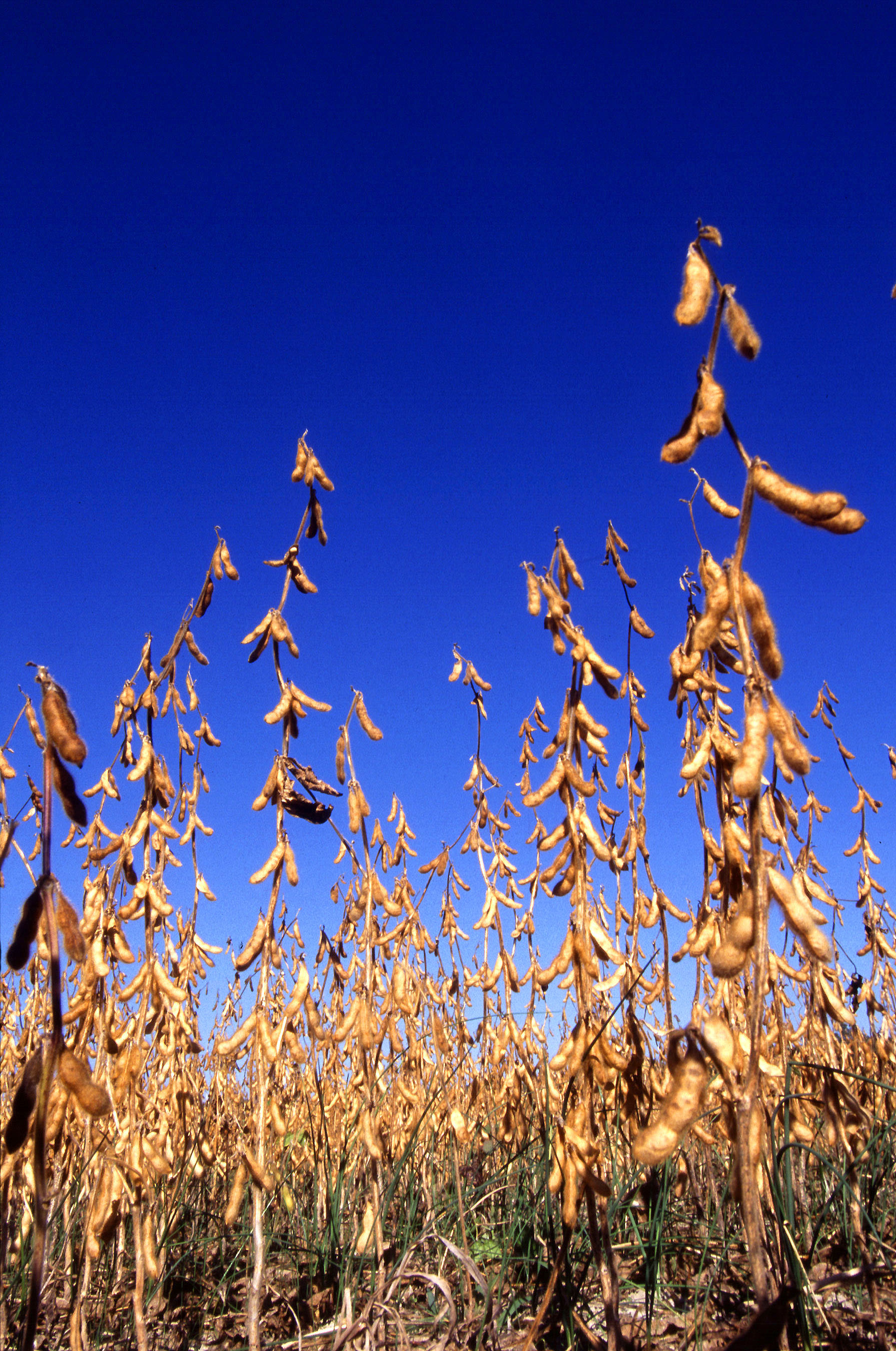
Tuesday, June 9, 2020 - In 1981, a study was established at a University of Nebraska-Lincoln farm. According to the UNL website, the object of the initiative was to gain experience with various tillage systems.
UNL Extension engineer Paul Jasa was in charge of the program. Jasa had been working at Rogers Memorial Farm, located 10 miles east of Lincoln, since 1978. He was given a three-year grant in 1981 to expand his tillage experiments.
“The purpose of the grant was to develop energy-efficient tillage practices,” Jasa said. “Tillage is fuel intensive. The idea was to come up with ways to conserve fuel, energy, labor and soil.”
Now, 40 years into the project, the research and demonstration plots at Rogers Memorial Farm are showing that the benefits of long-term no-till practices are manifold. Jasa said that no-till plots have been shown to build soil structure, usually have the highest yields and are the most profitable.
With the grant, Jasa decided to look at six different tilling systems, including the conventional disc harrow for comparison. He established plots using four other basic types of tillage, he then added no-till. He said his thought was: Let’s do anything but plowing.
After examining the results of the first research plots, Jasa said no-till was clearly a difference-maker. He began to endorse the idea.
Tillage was basically eliminated with the no-till system, he said. The method he used required only a narrow slot to be dug in the otherwise covered soil. The seeds were planted in this narrow strip.
Jasa began his other test runs using a coulter, disk seed-furrow opener and hoe opener. For the no-till plot, he started out using a chisel, then single disk, for one-time plowing. He said he soon learned that “conservation tillage” was an oxymoron.
“Any tillage breaks up the surface of the soil,” he said. “That is exactly the level you don’t want disturbed.”
The majority of microbial life is found in the surface of the soil. It is those microbes which break down the phosphorous and nitrogen put into the ground so plants can absorb.
No-till uses a method where crops are grown with “minimal soil disturbance.” This maintains microbial life in the soil and increases the efficacy of nutrients put into the soil by nature and producers.
Initially, Jasa said, attempts at promoting anything that wasn’t disc harrowing were met with resistance. Farmers had already invested money in traditional tilling equipment. They didn’t see the need to change what they had been doing for generations, he said.
“As time has gone on, the true cost of tillage has gone up,” Jasa said. “Fuel prices have increased dramatically, while herbicide costs have gone down.”
Farmers also argued that tilling gets nutrients into the soil. Jasa would tell them that people apply fertilizer to their lawns, yet nobody tills their front yards. You can add fertilizer and pesticides more effectively if you work with Mother Nature and not against her, he said.
“I told them that Mother Nature doesn’t till,” Jasa said. “We should model after Mother Nature.”As an engineer, he said, he talks about equipment (and thoroughly enjoys doing so) but teaches principles of soil management.
“I am an equipment boy; every farmer basically is,” Jasa said. “I should’ve been a soil boy.”
Every farmer looks at their crop above ground. But it is what is below ground that makes those crops grow and determines yield.
No-till shows higher yield (40-50 bushels more per acre) and thus higher profits when judged on equal terms, Jasa said. Compared to other tillage methods, no-till also adds to profitability by saving fuel costs and reducing labor requirements, he said.
Learn More Here